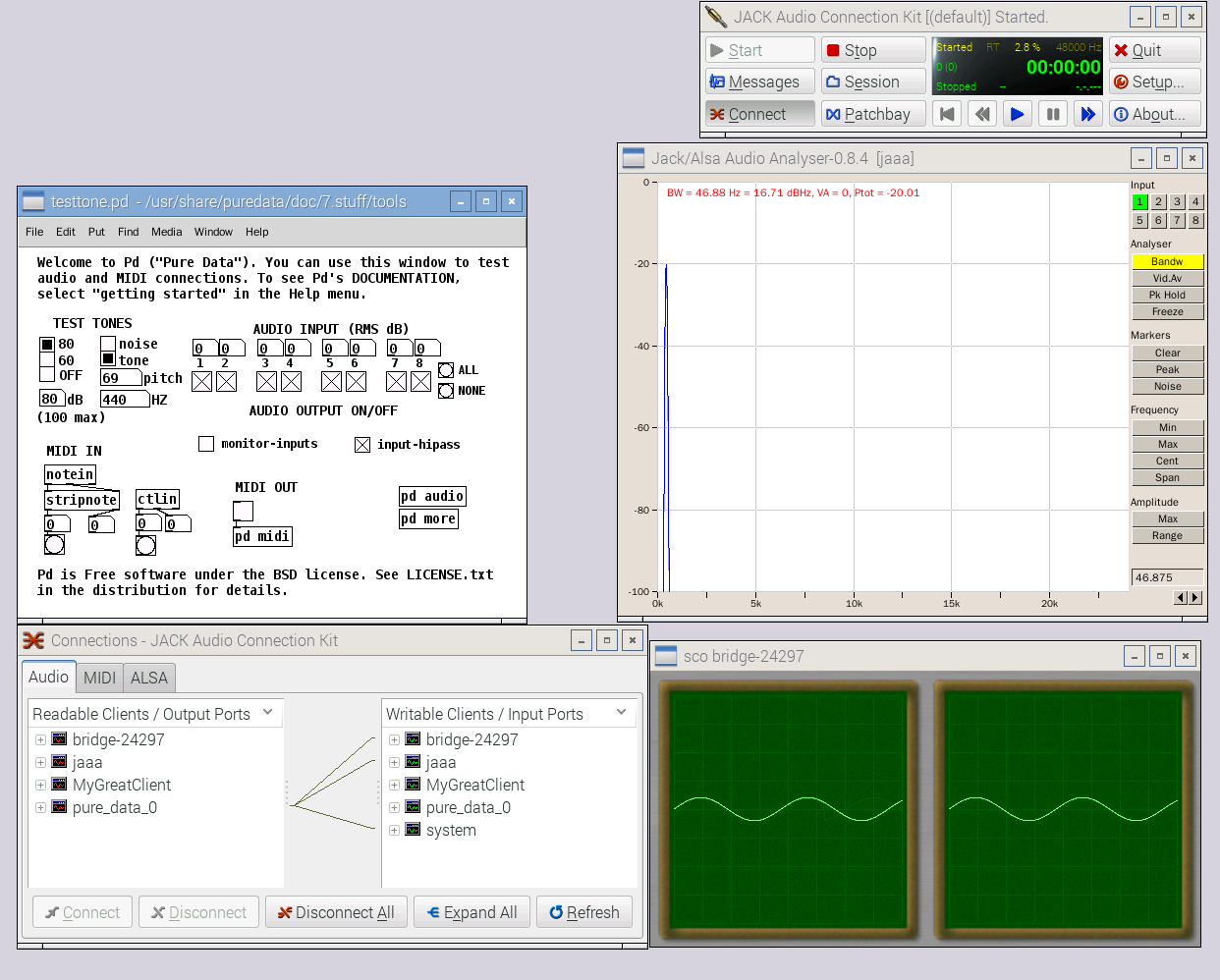為了實寫 M♪o 的教育理念,不得不思考如何打造相仿的學習環境,畢竟這與那差距過大,受限的事情又多,萬一改述的不好,實在是作者之不足,切莫遷怒於 M♪o 才好。特別先寫在前,以正視聽。
雖然我們並沒有『算籌』那種多典範程式語言,
算籌計數
使用算籌進行計算的方法,則稱為籌算。算籌一般布置在地面、桌上等平西運算;南宋黃伯思著《燕几圖》中列舉布算桌,長7尺,寬5尺許,小布算長寬為5尺余。清代數學家勞乃宣說:「蓋古者席地而坐,布算於地,後世施於几案」[11]。日本古算書中有帶方格子的算籌板圖。此外北宋數學家賈憲將萬、千、百、十、步作為算籌位值標記:他將七萬一千八百二十四寫成
- 七一八二四
- 萬千百十步
然後將算籌按位值布位。
| 七 | 一 | 八 | 二 | 四 |
|---|---|---|---|---|
| 萬 | 千 | 百 | 十 | 步 |
一本十八世紀日本數學書籍中有一幅格子籌算版,其上方標記千百十一分厘毛等數量級[12]。
算籌出現的具體時間已無從可考了,但是早在中國春秋戰國的時期就已普遍使用了。算籌採用的是十進位制的記數方法,同一個數字在不同的數位上,數值也就相應不同,每進一位數值乘10,並且在算籌盤上,以空位表示0。為了不使數字和數位混淆,算籌採用縱式和橫式兩種方法記數。 中國古代算籌記數,採用十進位制,個位用縱式,十位用橫式,百位再用縱式……這樣縱橫交替擺放,就可以擺出任意大的數字來了。孫子算經記載:
凡算之法,先識其位,一縱十橫,百立千僵,千十相望 ,百萬相當
,此外又說明用空位表示零。[13]。在進行乘法時,「言十即過,不滿自如」,即「逢十進一」。
《孫子算經》習慣用「置」表示放置算籌:「置一十九道」,「置周三百六十」,而不用「寫下」,說明算籌是運算器具,不是書面計算。
南宋數學家開始用書寫算草代替算籌算板,為了減少書寫的筆劃,將4、5、9的籌碼簡化;為了算草需要,引入〇符號。
| 0 | 1 | 2 | 3 | 4 | 5 | 6 | 7 | 8 | 9 | |
|---|---|---|---|---|---|---|---|---|---|---|
| 直式 | ||||||||||
| 橫式 |
| -0 | -1 | -2 | -3 | -4 | -5 | -6 | -7 | -8 | -9 | |
|---|---|---|---|---|---|---|---|---|---|---|
| 直式 |
| 0 | 1 | 2 | 3 | 4 | 5 | 6 | 7 | 8 | 9 | |
|---|---|---|---|---|---|---|---|---|---|---|
| 直式 | ||||||||||
| 橫式 |
日本數學家關孝和將算籌用於代數。後來日本數學家發明用漢字代替算籌。
| 現代 | 關孝和 | 後關孝和 |
|---|---|---|
| x + y + 246 | ||
| 5x – 6y | ||
| 7xy | ||
| 8x / y | N/A | 乙 |
───
然而使用『派生』 Python ,輔之以適當的程式庫,也許差可擬的吧 !要說到現象『認知學習』之環境,著實讓作者苦惱良久。僅法之以 M♪o 的『遞迴觀』,用『數據』之『製造』與『處理』『循環』來強作『比擬』的了!!
所以需要假借這個『聲音』『產生』、『操作』、及於『儀表』到親耳『所聞』的環境,以期能表象那個『教育理念』於萬一。
又考之『樹莓派』的實況,不得不請有興趣『動手』的讀者,自行先安裝中文化之
Jessie Is Here
Jessie is here? Who’s Jessie? Wasn’t she the cowgirl doll in “Toy Story 2” – you know, the one who got abandoned in a park to that Sarah McLachlan song, resulting in at least one software engineer finding he had something in his eye at that point…?
Yes, it is that Jessie, but not in that context. The Raspbian operating system is based on Debian Linux, and the different versions of Debian are named after characters from the “Toy Story” films. Recent versions of Raspbian have been based on Debian Wheezy (the penguin who’s lost his squeaker in “Toy Story 2”), but Raspbian has now been updated to the new stable version of Debian, which is called Jessie.
………
的哩??!!

